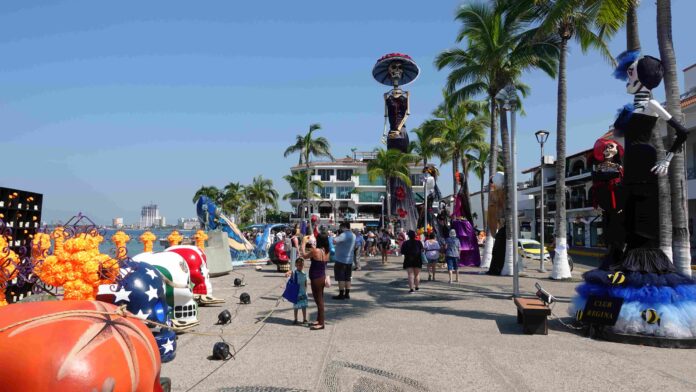Celebrating Day of The Dead Puerto Vallarta. You may have heard that Mexicans celebrate death rather than mourning it. Mexico to honor those who have passed on to another life in a grand celebration that is based on tradition and love.
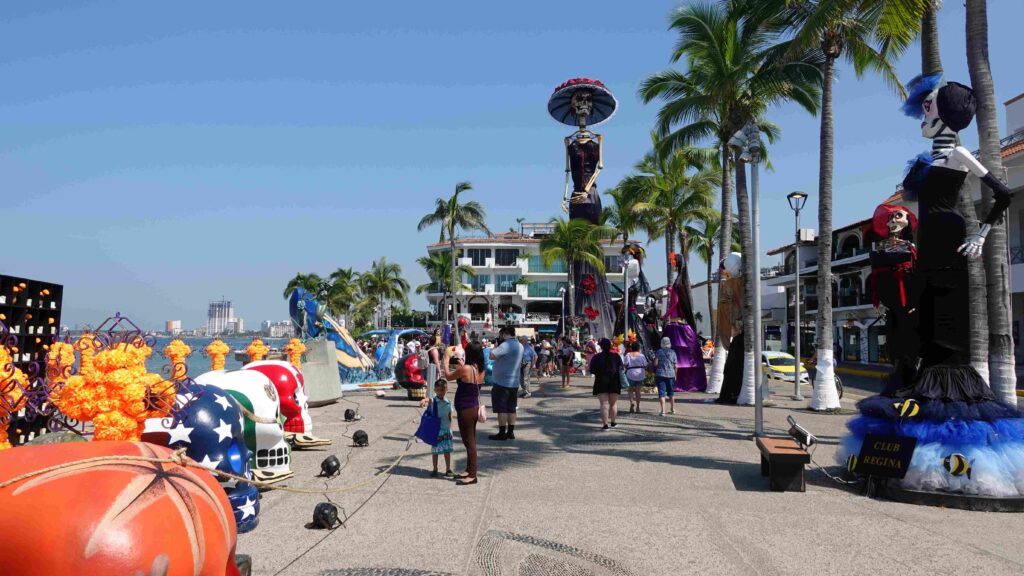
Dia de Muertos, or Day of the Dead, is a traditional Mexican holiday that to an outsider may seem spooky or may appear to be just another Halloween. In reality, the Day of the Dead festival stems from ancient Aztec traditions from over 3,000 years ago, and the Day of the Dead in Mexico is a lively and social holiday, full of festivities, sweets, and memorable family time. Mexico continues to celebrate el Dia de Muertos every November 2nd because of its joyful combination of tradition, family, and religion, which makes November a special time to visit Mexico.
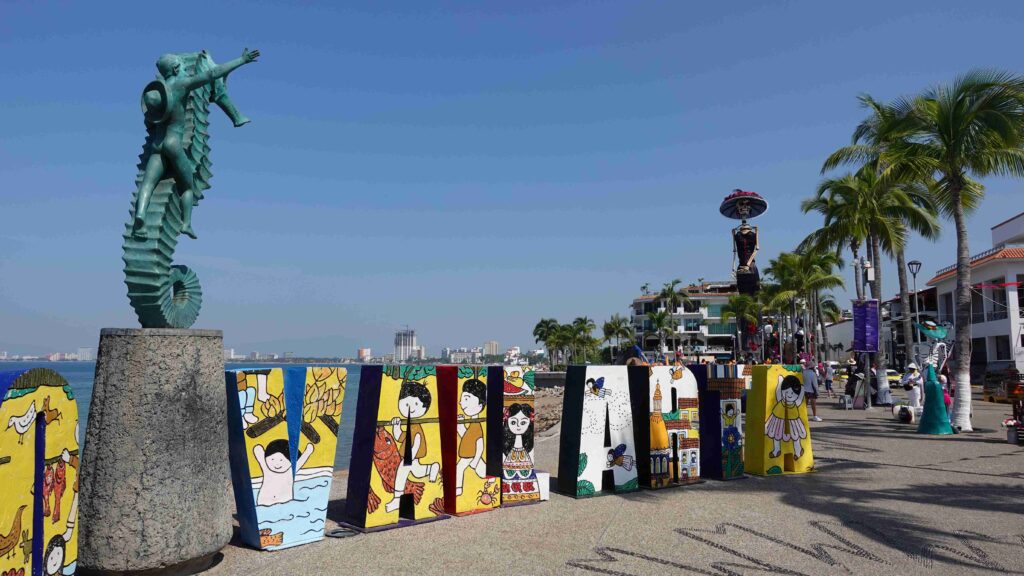
Puerto Vallarta Festival Celebration of Day the Dead Tradition, is Celebrated in a Big Way. https://promovisionpv.com/puerto-vallarta-festival-celebration-of-day-the-dead-tradition-is-celebrated-in-a-big-way/
While more and more individuals have become familiar with the facts about the Day of the Dead, there are still many people who find themselves asking “What is Dia de Muertos?”
The Day of the Dead in Mexico is much different than the American tradition of Halloween. While both are celebrated around the same time, the basic notion behind the reasons the dead return to earth shows a strong contrast between the two holidays. During Dia de Muertos, the dead are believed to return to celebrate alongside their loved ones. On the other hand, on Halloween, souls are believed to return to haunt or play tricks on the living. This drastic difference is just one of the many Day of the Dead facts that differentiate the two widely celebrated events each year.
Dia de Muertos is a two day festival in Mexico, celebrated on November 1st and 2nd each year. Facts about the Day of the Dead indicate that the first day is spent in honor of angelitos, or little angels; young children who have left earth before their time. The second day is dedicated to adults who have previously passed away.
Among the most important information about the Day of the Dead in Mexico is that it is a grand celebration, in which individuals remember and honor family and friends that have passed away. It truly is a time to remember the good times you spent with those you love.
Day of the Dead is a happy time in Mexico with celebrations honoring the dead and beautiful decorations strewn about the streets of town and the homes of those who create altars for their loved ones. There is nothing sad about the festival in Mexico even though it is related to those who are no longer living.
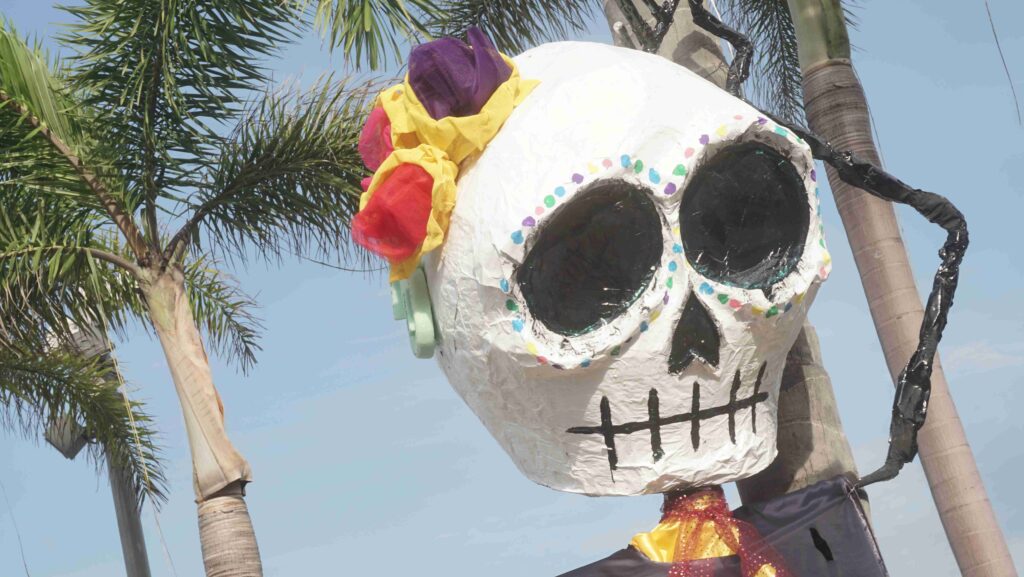
Every year on the Day of the Dead, hundreds of thousands of families throughout Mexico create special altars in their homes and at the grave sites of their loved ones in honor of the unique qualities and specific memories of each deceased person. Altars are even set up in public places, such as shopping plazas, town squares, and schools.
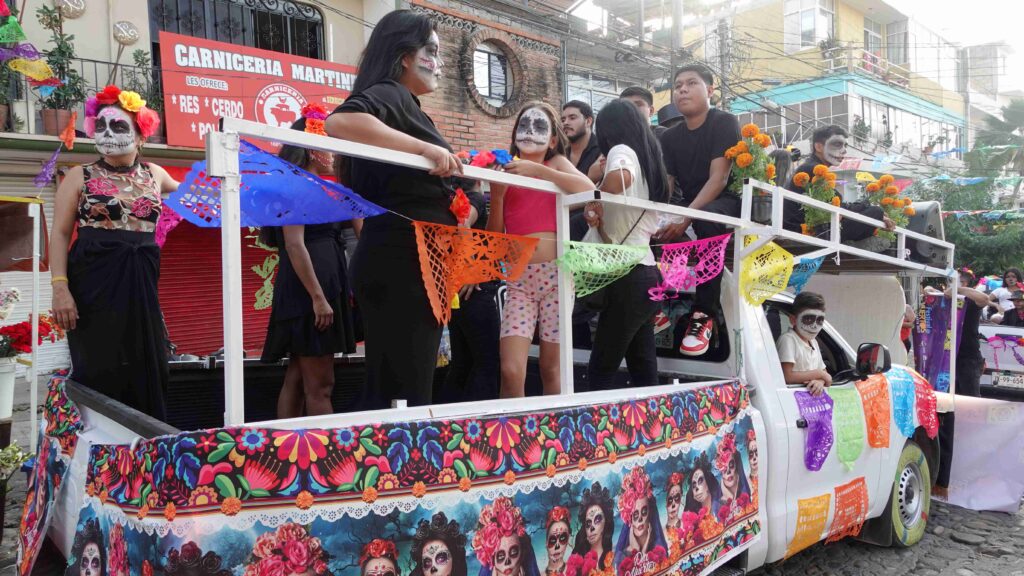
Traditional Day of the Dead altars include essential elements, such as candles, which represent faith, hope, and the light that guides us in this life and the next, and salt, which helps purify the souls and provides them the means to socialize with the living. Also included in an altar de muertos is a photograph of the deceased individual, candy skulls, which signify the constant presence of death in our lives, the food that the deceased person loved to eat, pan de muerto (bread of the dead), water, which helps the returning souls to quench their thirst after a long journey, and a cross. The final element that can be seen on almost every Dia de Muertos altar are Cempasuchil flowers that are believed to bring life to the dead.
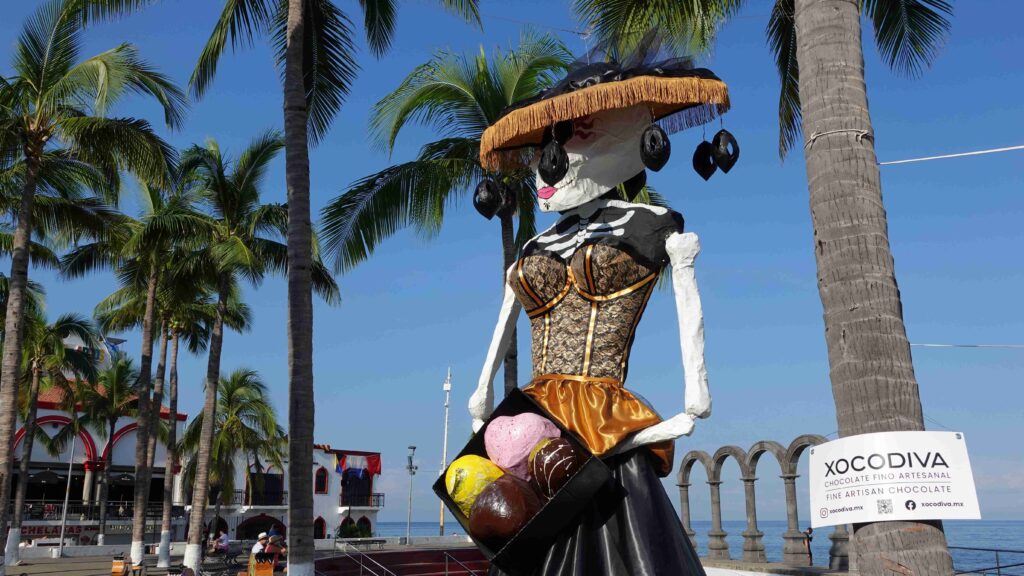
One of the most interesting facts about the Day of the Dead revolves around the idea that the dead are in attendance throughout the festival in Mexico. Early Mexicans believed that spirits could easily travel back and forth, allowing them to be present on the Day of the Dead in Mexico.
Mexican culture has evolved since the days of the Aztecs, Mayans, and other Mesoamerican civilizations, but the history of the Day of the Dead has remained an important part of Mexican culture even in the current day. For thousands of years, the Aztecs as well as countless other cultures around the world believed in some form of the afterlife. The history of the Day of the Dead began with festivities at the beginning of the summer to remember and pray for the souls of loved ones who had passed away.
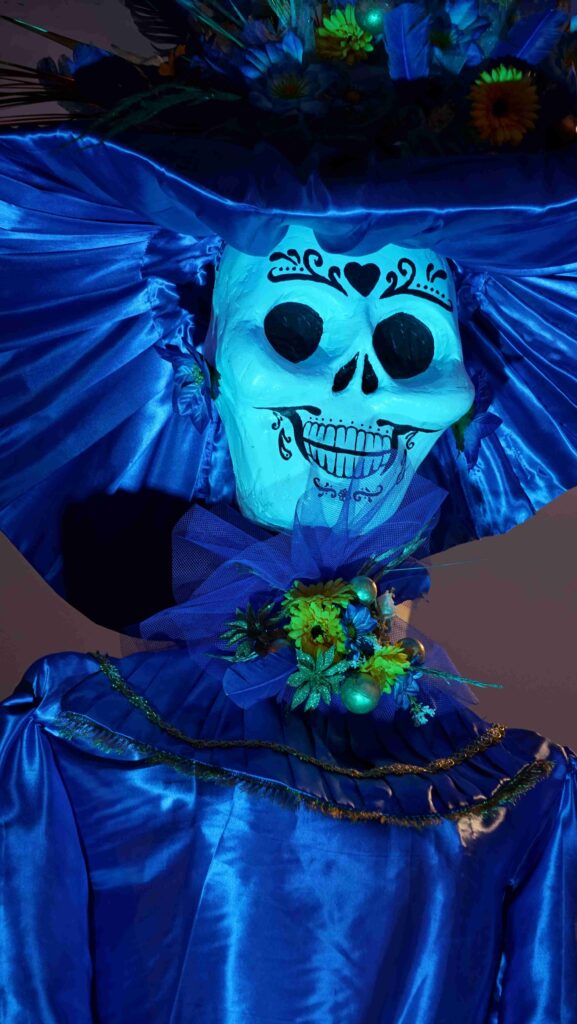
Over the years, people have continued the traditional celebration of the Day of the Dead in Mexico, but some parts of this Mexican holiday have evolved and changed with Mexican culture. One of the early changes in the Day of the Dead festival was the date of celebration. After the Spanish colonization of Mexico and the introduction of Catholicism, the observation of the Day of the Dead in Mexico shifted to align with All Souls’ Day. This is why many people mix up the Mexican holiday with the American Halloween since the two pagan festivities are now aligned with the Catholic holiday.
When you visit Mexico during Dia de Muertos, you will see how people celebrate their culture and the history of the Day of the Dead. Around the country, you will observe Day of the Dead altars in homes, businesses, and public places. The Day of the Dead altars are set up in celebration of someone’s life, with their favorite foods, drinks, and items (such as football jerseys, cigarettes, or cards) as well as a glass of water, which is the source of life, and candles, which represent faith and hope. Atop these Day of the Dead altars will be a picture of the person who has passed away surrounded by the autumnal marigold flowers.
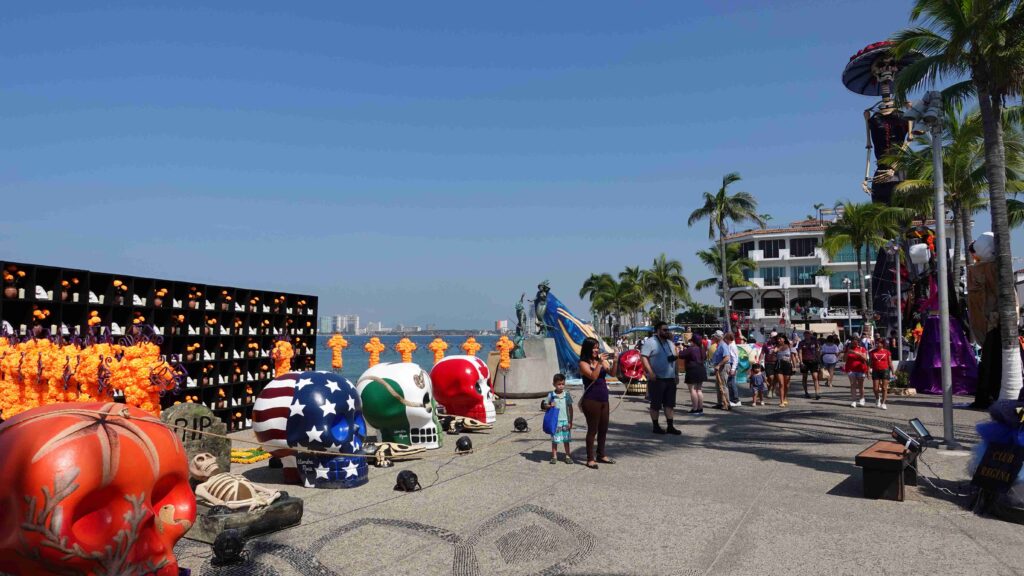
Day of the Dead has grown and changed since the Aztecs were celebrating it, but it still holds true to the idea of remembering and celebrating parents, grandparents, and other family members who have passed away. The focus on the dead is not morbid; it is a respectful memorial to those who have died. Day of the Dead is a reminder that life is short, and underneath our skin, we are all the same.
Day of the Dead: Culture and Traditions
Day of the Dead in Mexico is a vibrant celebration of both life and death, bringing families together and honoring those who have passed away. While some might see Day of the Dead decorations and assume its a morbid day, its festive atmosphere and colorful traditions show that death isn’t something to be feared. The culture of the Day of the Dead festival dates back to the days of the Aztec empire, and many of the Day of the Dead traditions retain these ancient practices.
When is Day of the Dead?
One reason so many people ask when is Day of the Dead in Mexico is that it’s a two days, a holiday celebrated on both November 1 and 2. The first Day of the Dead festival is to honor children, the little angels, who died too soon. The second day is for the adults, and this is when most of the celebrations take place. Because these dates fall right after October 31, some people ask when is Day of the Dead and mistake it for just a Halloween celebration, but these Day of the Dead traditions set it apart from any other holiday.
Altars
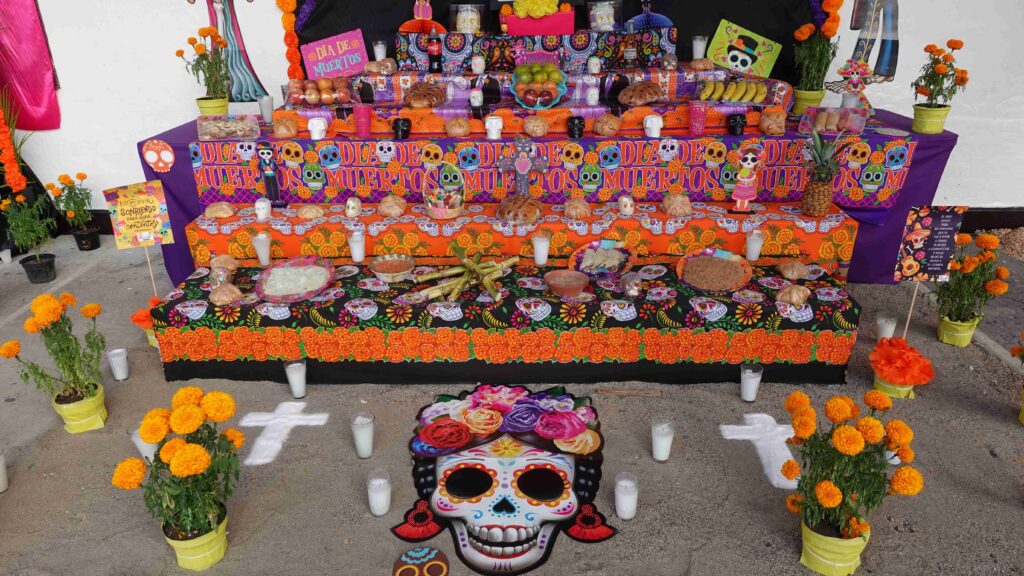
Ofrendas, or altars, are one of the main Day of the Dead traditions. Unlike spooky Halloween gravestones, these altars are set up as memorials that pay honor and preserve memories of those who have passed away. At the center of Day of the Dead altars are pictures of family members who have died, and surrounding these photos are different Day of the Dead decorations, each with their own meaning. Candles are lit to guide spirits through the afterlife, and water is put out to quench their thirst. Families can also customize their Day of the Dead altars with specific items that remind them of their loved ones: cans of Coke, playing cards, cigarettes, and traditional Day of the Dead foods.
Pan de Muerto
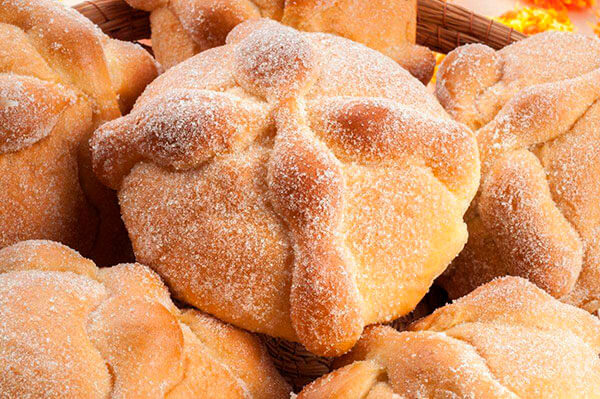
Many families place pan de muerto on their Day of the Dead altars, but these deliciously sweet pastries are eaten all throughout the weeks leading up to the holiday. Pan de muerto is one of the traditional Day of the Dead foods. It’s a pastry made with yeast and a touch of orange flavoring. Bakers use leftover dough to form a pair of bones on the top of the bread, and once it’s baked, it’s coated in more sugar. They’re best when eaten fresh with a Mexican hot chocolate, one of the other traditional Day of the Dead foods.
Marigold Flowers
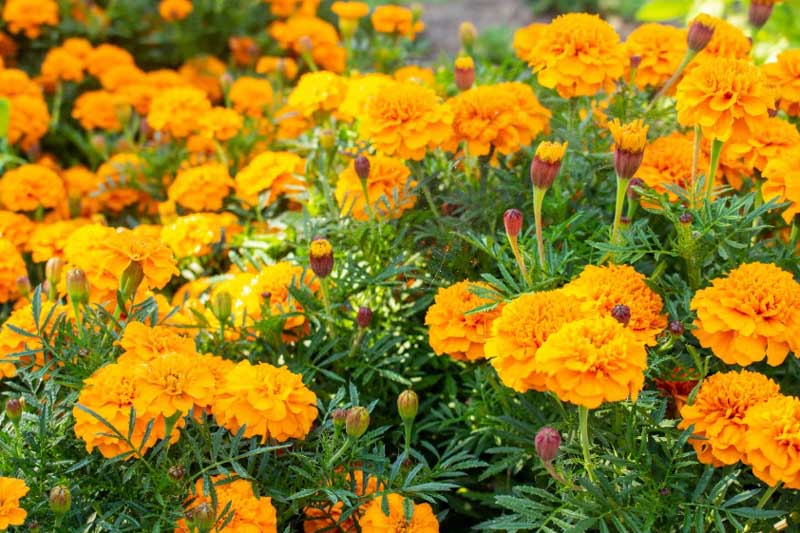
Bright orange marigolds are popular Day of the Dead flowers, appearing on tables and altars across the country. At flower shops and grocery stores, you’ll see plenty of marigolds set out for sale in the weeks leading up to the Day of the Dead festival. Like candles, these bright Day of the Dead flowers are said to help guide the spirits of the dead.
Catrinas

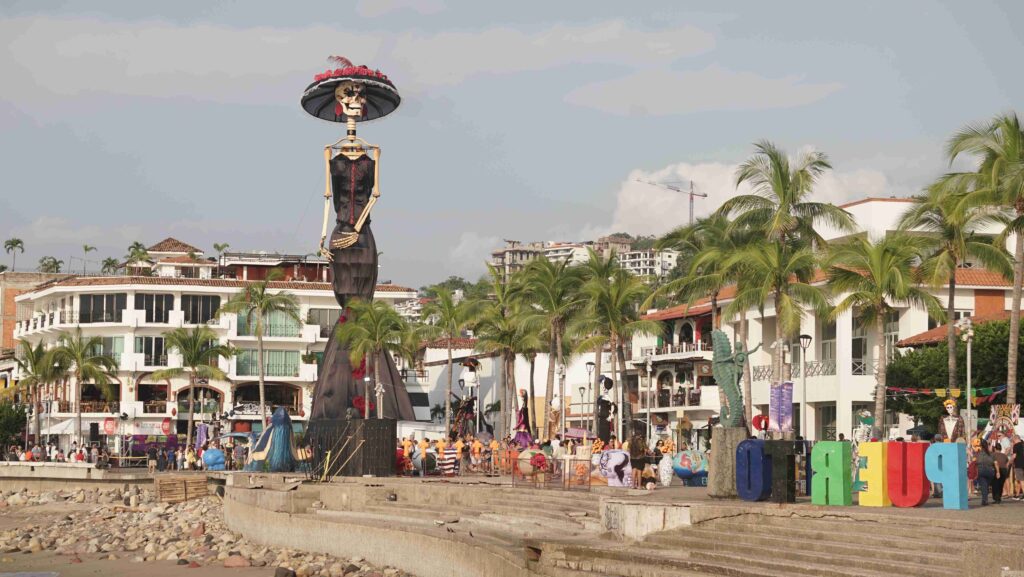
Perhaps one of the most iconic parts of Day of the Dead in Mexico are the catrinas, skeletons dressed in Victorian costumes with brightly painted faces. While these Day of the Dead decorations may seem like an odd combination, they serve as a reminder that underneath our clothes, be they elegant or plain, we are all humans who will one day die. Many of these catrinas have bright Day of the Dead flowers on their heads and vibrant dresses, showing that death isn’t something to be feared.
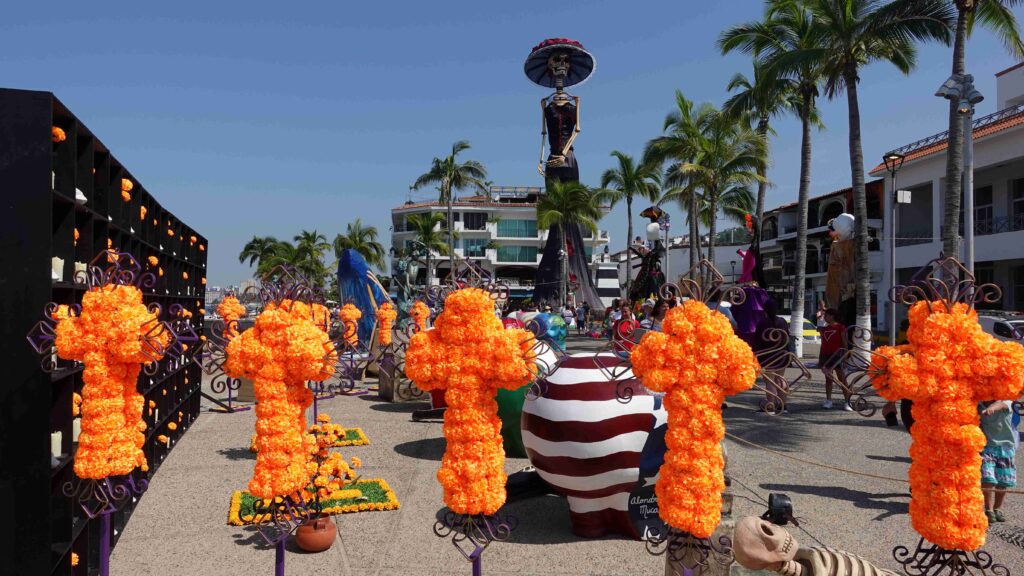
Day of the Dead is not a spooky or morbid holiday. While the festival dates back hundreds of years, the vibrant energy of Day of the Dead can still be felt throughout Mexico. It is a celebration of life and a pleasant memorial to those who have died. By creating altars and celebrating this day, the memories of family members live on.
We provide information and resources for visitors to Puerto Vallarta, areas of The Riviera Nayarit and other destinations in both states of Jalisco and Nayarit . You will find variety of content, including articles, blog posts, videos, photos, descriptions and interviews, all of which are designed to help visitors plan their trip, including attractions, restaurants, and events. https://promovisionpv.com/

Visit and Subscribe to our YouTube Channel for more Puerto Vallarta – Riviera Nayarit 220+ videos: https://www.youtube.com/@promovision/videos

Web site: https://promovisionpv.com
YouTube: https://youtube.com/promovision/videos
Instagram: https://instagram.com/promovisionpv/
LinkedIn: https://www.linkedin.com/in/ray-dion-48861926/
X: https://x.com/promovisionpv
Threads: https://www.threads.net/@promovisionpv
Facebook: https://facebook.com/ray.dion.73
Blue Sky Social: https://bsky.app/profile/promovision.bsky.social
Marketing, Advertising Tourism, Restaurants, Real Estate, Events, Tours, Puerto Vallarta – Riviera Nayarit Marketing, Advertising Tourism, Restaurants, Real Estate, Events, Tours, Puerto Vallarta – Riviera Nayarit https://promovisionpv.com/marketing-advertising-tourism-restaurants-real-estate-events-tours-puerto-vallarta-riviera-nayarit-2/

